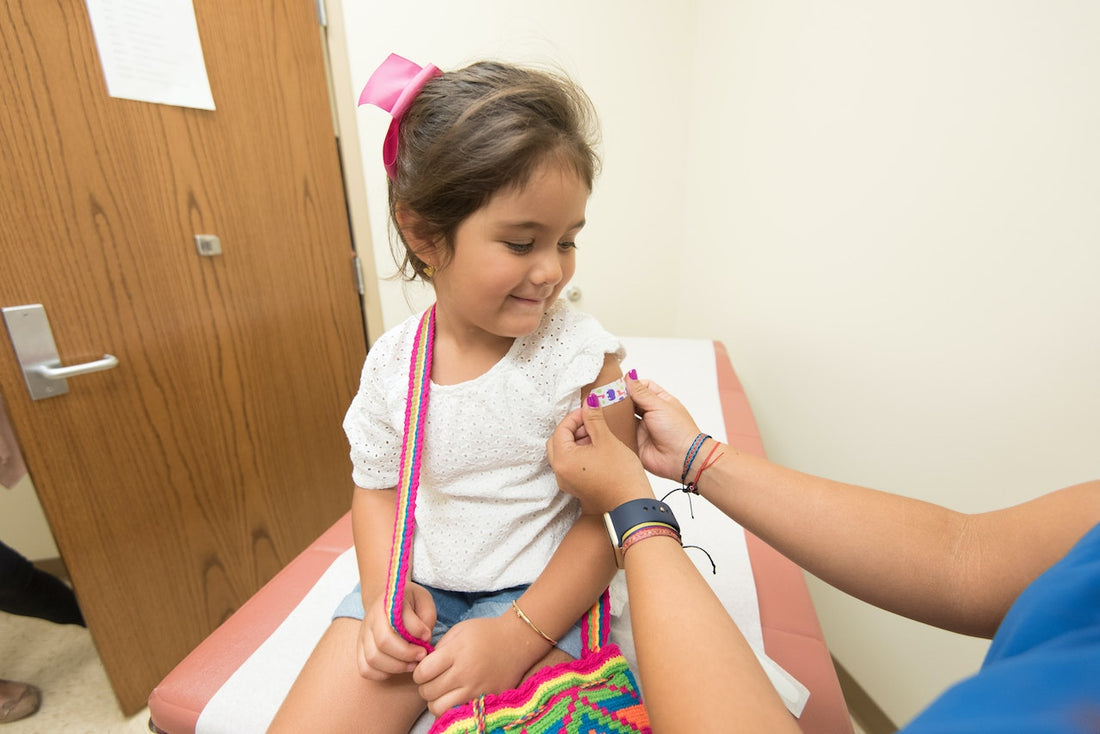Vaccines are a crucial part of public health, as they help protect people from potentially life-threatening diseases. Syringes are the most common way to administer vaccines, and they play an essential role in ensuring that people receive the right dose of the vaccine. They are used for vaccines and come in various sizes, shapes, and designs, and they are designed to ensure that the vaccine is delivered safely and accurately. In this article, we'll discuss what syringes are used for vaccines and how they help protect people from disease.
How Vaccines Work
Vaccines work by introducing a weakened or dead form of a virus or bacteria into the body. The body then produces antibodies to fight off the virus or bacteria. Once the body has built up immunity to the virus or bacteria, it can resist any future infections. For the vaccine to be effective, it must be given in the correct dosage. This is where syringes come in.
What Are the Parts of a Syringe
A syringe is composed of several parts. The body of the syringe contains a plunger and a barrel. It is the plunger that pushes the vaccine out of the barrel while the barrel holds the vaccine. The needle is attached to the end of the syringe, and it is used to inject the vaccine into the person being vaccinated. The needle is usually made of stainless steel and is very sharp.
What Syringe to Choose for Different Uses?
The type of syringe needed depends on the type of vaccine being administered. Different types of syringes are designed for different uses.
For example, a shorter needle is used for intramuscular injections, while a longer needle is used for subcutaneous injections. Some syringes are designed to hold a specific amount of vaccine, while others are designed to hold larger amounts. Depending on the type of vaccine being used, the size and shape of the syringe may vary.
The Types of Injections
There are several types of injections. Intramuscular injections are injections into the muscle and are used to deliver medications that must be absorbed quickly.
Subcutaneous injections are injections into the fatty tissue just beneath the skin and are used to deliver medications that must be released more slowly. Intradermal injections are injections into the skin and are used for allergy testing, skin testing, and vaccine administration. Lastly, intravenous injections are injections directly into the vein and are used for immediate delivery of medications.
What Does the Colour of the Needle Represent?
The colour of the needle typically represents the gauge of the needle. Generally, the larger the gauge of the needle, the shorter and thicker it is, and the smaller the gauge, the longer and thinner it is. Therefore, needles with a gauge of 18-21 are typically blue, 22-25 are green, 26-29 are orange, and 30-33 are yellow. Needles with a gauge of 34-36 are typically pink, and needles with a gauge of 37-40 are typically grey.
What Syringe Is Used for Vaccines?
The most commonly used syringe for vaccine administration is a 1-mL syringe with a 27- to 30-gauge, 1-inch needle. This size syringe is typically used for intramuscular injections, the most common route of vaccine administration.
The Bottom Line
In conclusion, a syringe is an essential tool used to administer vaccines. It is an effective, safe and efficient way to ensure that vaccines are delivered to the body in a controlled manner. Vaccines can be administered through syringes of different sizes and capacities, depending on the patient's specific needs. Syringes also allow for accurate and consistent vaccine dosage, making them an invaluable tool for protecting against diseases.
Buy needles and syringes at UKMEDI. We are the fastest, easiest, and most reliable place to find your disposable medical supplies. Get yours now.

